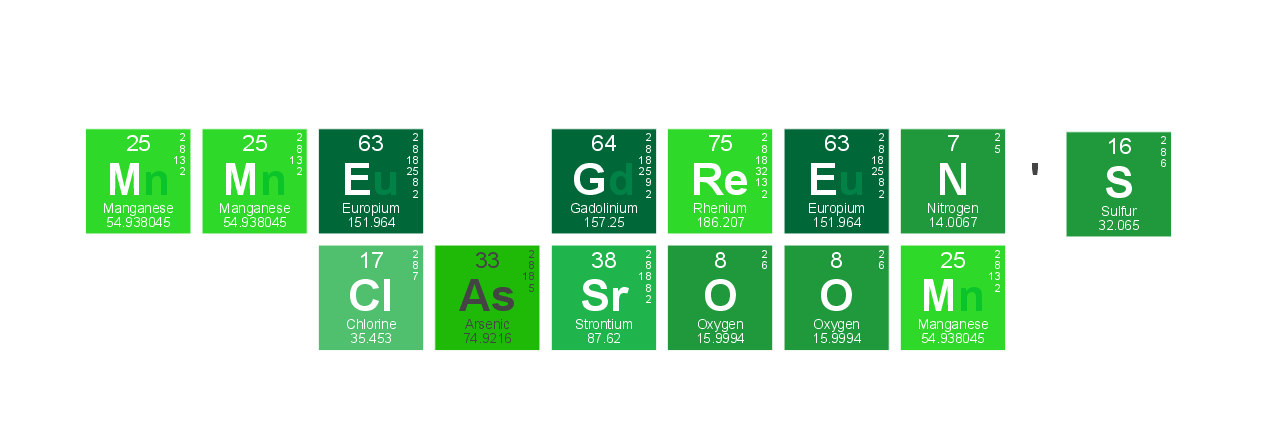We were fortunate enough to have Pamela from Inside Education come and talk to the class about Energy, Ecosystems, and You! It was a great way to end our latest unit on heat and temperature while adding concepts from our ecosystems unit. The students participated in a variety of activities and a Pamela gave them a lot to think about. We talked about stewardship and looked at THIS POSTER to brainstorm some ideas. Make sure to ask them about it and how you, as a family, can reduce your carbon footprint and your impact on climate change.
Tuesday, February 26, 2013
Inside Ed at ECES
Labels:
ecosystems,
energy,
environment,
grade 7,
science,
temperature
Wednesday, February 20, 2013
Light Labs
We had an amazing time this week trying out a variety of labs all about light and optics! It was VERY interesting!
 |
 |
| Prisms break white light into the rainbow spectrum and also put it all back together! Just like Pink Floyd |
| Additive properties of light |
 |
| Learning how light blends differently than colour |
Check out more about this lab HERE
 |
| Using mini lights to blend colours |
 |
| Now see how the colours combine when you spin them on a colour wheel! |
 |
| A green object looks green under white and green light (reflected) but with a red light it looks black-ish |
 |
| Looking at light through spectrum film show us it's rainbow! - It's SPECTRA! |
 |
| Comparing the spectra of various light sources |

 |
| Studying how light converges and diverges with concave and convexe lenses |
 |
| How do concave and convex mirrors work? |
 |
| Now studying the laws of reflection with lasers and mirrors. |
Check out more about how lasers work HERE
Friday, February 15, 2013
I SCREAM!!
Today we made ice cream in my grade 7 science class to show how salt changes the melting point of ice and thus makes it even colder and helps make ice cream even quicker.
I was loud, messy, and delicious!!! We figured out why some group's ice cream worked and other's didn't and talked about all of the experimental errors. The kids enjoyed adding toppings and various flavorings too.
Perhaps a fun idea for "Family Day Unplugged" - Remember to have the kids submit their forms for hours spent together "unplugged" from technology so that we can win a prize!! A pizza or pool party!!
Here is the scientific explanation and recipe from http://chemistry.about.com/cs/howtos/a/aa020404a.htm
Ice has to absorb energy in order to melt, changing the phase of water from a solid to a liquid. When you use ice to cool the ingredients for ice cream, the energy is absorbed from the ingredients and from the outside environment (like your hands, if you are holding the baggie of ice!). When you add salt to the ice, it lowers the freezing point of the ice, so even more energy has to be absorbed from the environment in order for the ice to melt. This makes the ice colder than it was before, which is how your ice cream freezes.
 |
| Add layers of ice and salt to a coffee can |
 |
| Put the yummy ingredients for the ice cream in a baggie and then inside another |
 |
| Seal up the cans with tape and get rolling |
 |
| ENJOY!!! MMMMM!!! |
Labels:
grade 7,
science,
temperature
Thursday, February 14, 2013
More light
Here are a few things that we learnt about today. Fiber optics can transmit light over very long distances and are used for TV and telephone cables!
Next we learnt about laser light and how it is made.
I also showed how light is transmitted through solids as opposed to air in this video.
You can see another example of this demo here
Next we learnt about laser light and how it is made.
I also showed how light is transmitted through solids as opposed to air in this video.
You can see another example of this demo here
Wednesday, February 13, 2013
Mixing Light
When you mix all the colours of paint you get brown or black. Yuck! But with light you get WHITE!!! I did a demonstration that shows how light wavelengths combine to form the colours we see based on the same three colours you can see if you look closely at your TV pixels: red, blue, and green. (Not red blue, and yellow like paint!)
 |
| Paint colour wheel |
 |
| Films overlapping are like paint ... but when you use lights ... |
 |
| Additive properties of light |
 |
| Red, Blue, Green spotlights |
 |
| Imagine that the pink background is more white and now notice the yellow, magenta and cyan shadows! |
Thermos Project
My grade 7 science class is studying heat and temperature and to go with our lesson on conductors and insulators I had then build a thermos! They had to do a design plan, build it with every day materials in class, and then I tested them with boiling water. The thermos that kept the temperature the most constant won a bonus mark! It was a lot of fun.
Subscribe to:
Posts (Atom)











